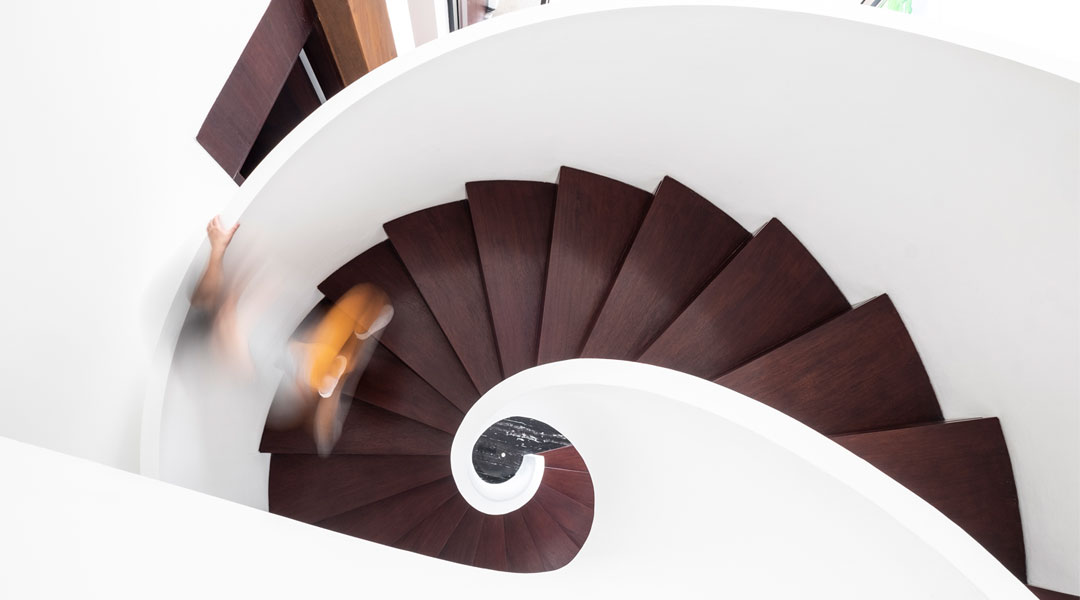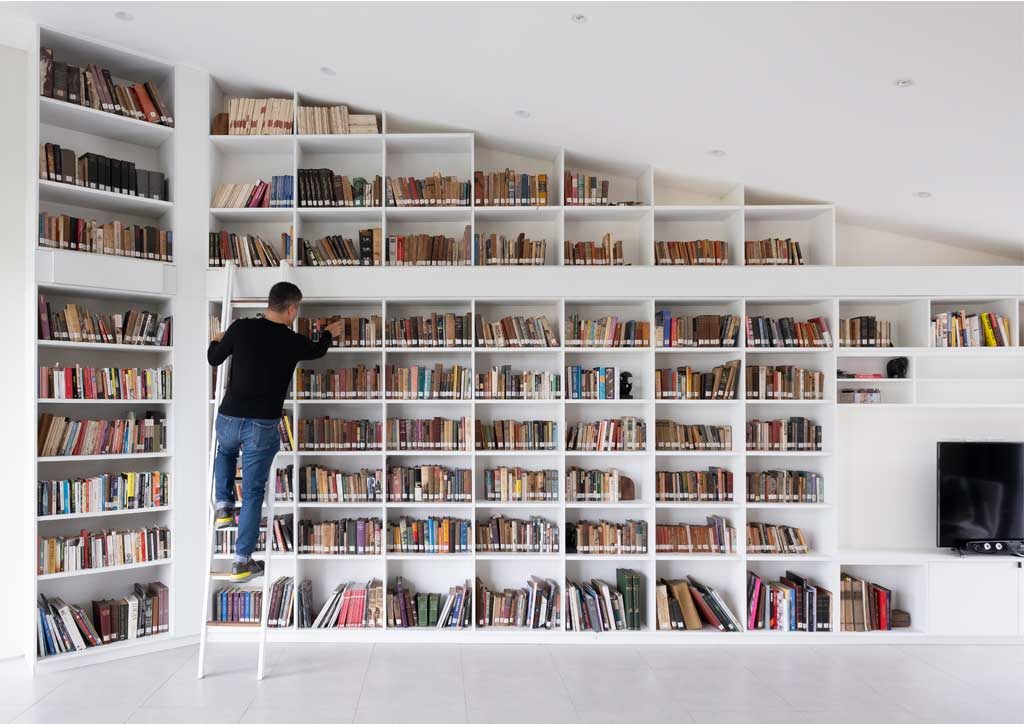
Form Follows Values: We should want architecture that functions beyond mere shelter and containment
Form Follows… Whim? Early last year, I wrote a review about a project in Singapore called The House with Bridges, which burned bridges with the architecture firm that designed it. They didn’t like what was said about the design even though the article concluded that the architects were master storytellers who had created an intensely personal home. It wasn’t just unique or “custom-designed.” As I experienced the house and learned about the family living in it, it struck me how the design narrative told the client’s story and her hopes for her family. I imagined the members of the household were better people by living in such an extraordinary environment.
The memory of the article stayed with me, not just because I had disappointed the architects whose work I admire, but also because it made me rethink the significance of the dictum, “Form ever follows function.”

Meanwhile, exchanges with architect Sudar Khadka about the importance of beauty added their weight to the question of designing by that modernist dictum. Today, utilitas has become the architect’s fixation; firmitas, the purview of the engineer, while the subject of venustas seems to have been altogether forgotten in conversations on architecture. “Fight for beauty!” is Khadka’s rallying cry. We wondered whether much of the ugliness of today’s built environment could be ascribed to the lack of discussion in schools and in practice on why specific buildings please the eye, delight the heart, and stir the soul.
What makes a building delightful? Is it ‘only’ that it functions well? How many buildings do we even know of whose parts attend to the comfort, wellness, and many needs of human beings?
READ MORE: The 2013 economic outlook was happy—an ed’s note by Judith Torres
The House With Bridges doesn’t rate high in functionality. It has cantilevered glass bridges leading nowhere, skylights that make parts of the house hot, and a glasshouse that can only be used in the early morning or evening. But it is full of delightful surprises, quirky spaces, and winsome charm. Like its owner, the house is creative, unconventional, and not particularly concerned with being practical. The architects had created a nature-swathed haven for the grandfather to enjoy his days, lyrical settings for friends to get together, poetic spaces in which to carry out mundane rituals of life and shared spaces that have drawn siblings closer together.

In the remarkable House of Bridges, the form did not follow function. Form followed story, form followed feeling, and form followed values. What higher purpose and achievement is there for architecture than to make its inhabitants better people? How different would our built environment—and we—be if architects and planners designed to celebrate and uphold values? Respect, social justice, gender equality, kindness, love of country, love of nature, love of man, love of God, innovation, tradition, creativity, restoration, art, music, beauty—the list is as varied as the values men and women hold in their hearts.
READ MORE: Big, Better, Best: Dimensions of Design—a Paulo Alcazaren ed’s note
As fate would have it, I did consulting work for a firm whose mantra for success is “Form follows finance.” They literally have a Powerpoint presentation explaining the mantra. It sounds like a money-grubber’s motto, no? But the firm means it in the best possible way. Their passion is designing to ensure the success of their clients’ commercial developments. Because they prioritize the client’s financial success, clients love them. But what values do these clients stand for, I wondered. How do they make life better for the people who live and work in their buildings? How do the buildings help shape their inhabitants into being better human beings?

This issue, Form Follows Values, is BluPrint’s first attempt to tackle the subject. It is not an easy one to have because it entails opening up about our values and examining whether our work has lived up to them. It means being able to talk about the stuff that really matters in our clients’ lives (not whether they want a six-car garage, roof deck, and infinity pool) and whether the architecture will help sustain and nurture these values. Like I said, if most of the buildings that go up today don’t even function all that well, how would they stack up against lofty ideals?
Enjoy these starters and use them as a jump-off point for making more challenging demands of our buildings. Do they burden the soul or help lift it up? We should want architecture that functions beyond mere shelter and containment. We should demand so much more from our architects than their signature. Then maybe we’ll get more architects capable of designing structures that not only let people function as they must but buildings that help us live life as we seek.
Download BluPrint Volume 3 2019 digital version via Flip 100 App. Get your print copies via Shopee and Lazada.
Photographed by Ed Simon


